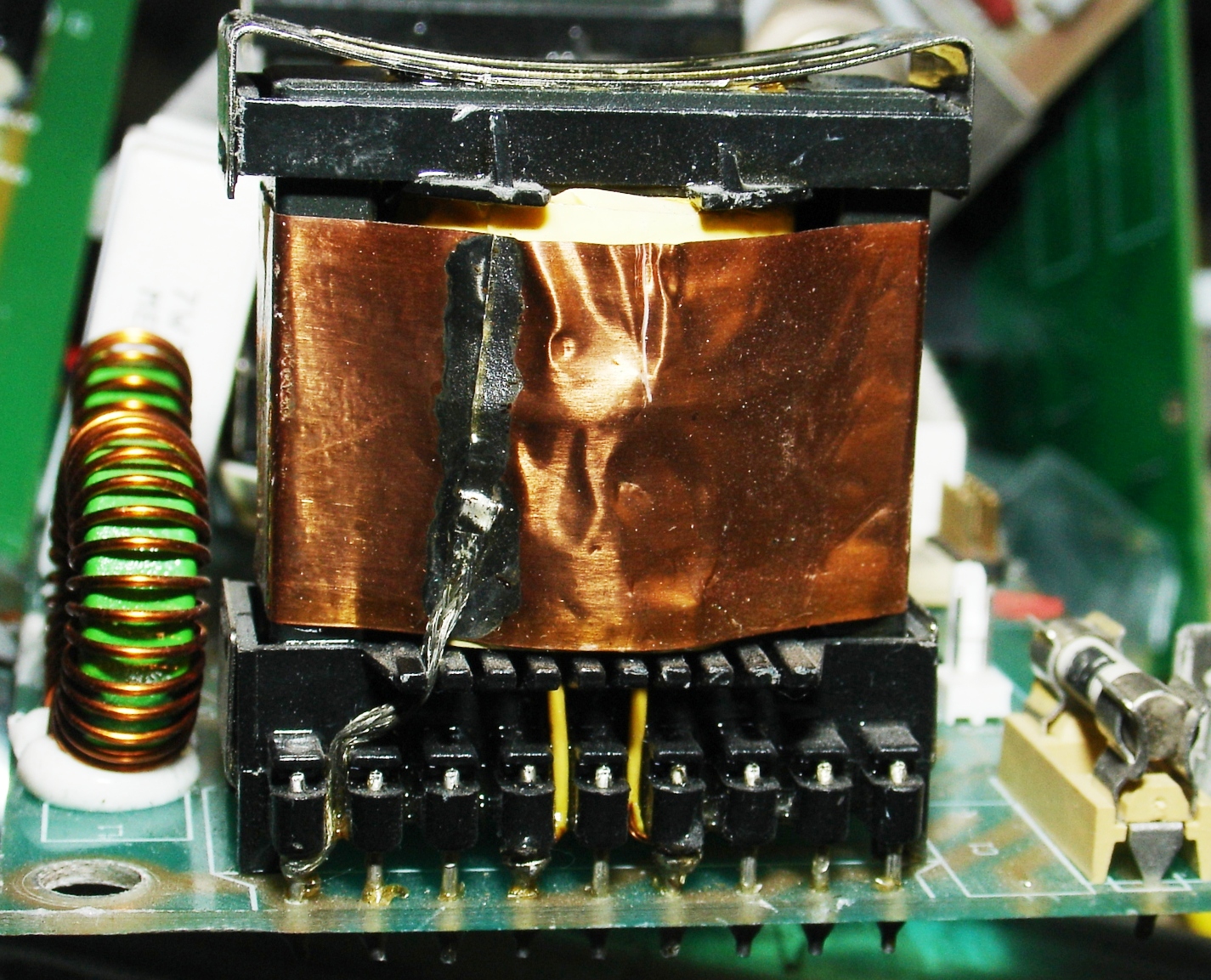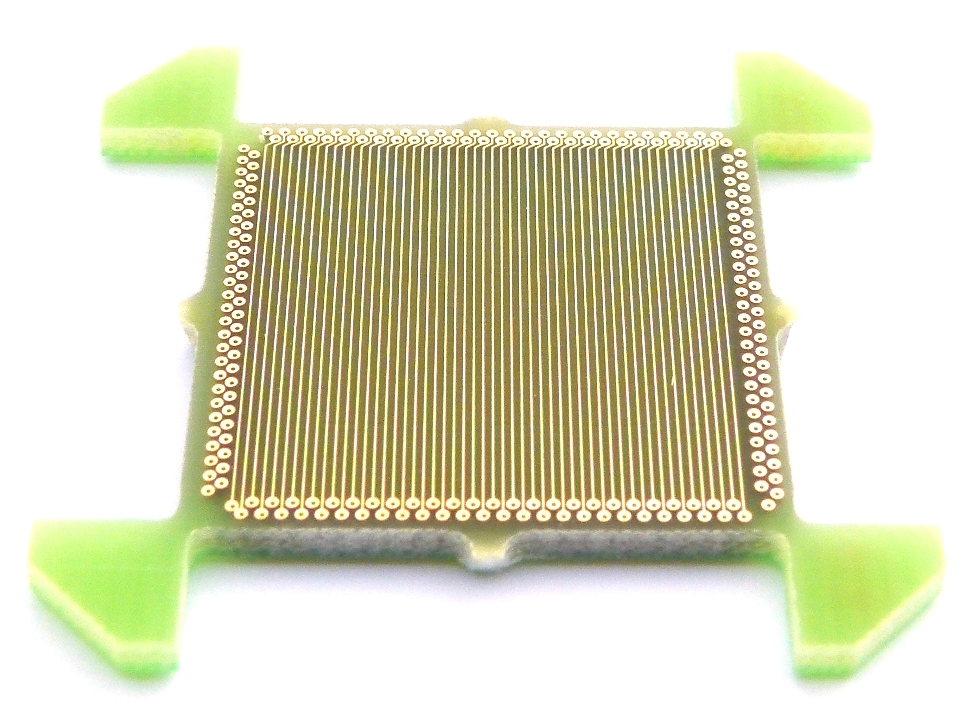Table of Contents
Winding
| Stan Zurek, Winding, Encyclopedia Magnetica, https://e-magnetica.pl/doku.php/winding |
Winding or coil - a length of wire or conductor wound in a specific shape, in order to achieve specific magnetic, electric or electromagnetic properties of such configuration. The name “coil” typically implies a single coil, whereas “winding” could contain several coils, but this terminology is not strictly followed in various naming conventions.
Each loop of a winding is known as a turn, and the number of turns is one of the basic characteristics of a winding. In some literature1) (especially older publications2)) the “turns” are referred to as “coils”, which can be confusing.
In majority of designs the turns must be electrically isolated from each other, as well as from the rest of the device (e.g. magnetic core and the surrounding medium). However, in some applications this is not required (e.g. in squirrel cage rotors of induction motors and shaded-pole motors).
The conductor in a power-related winding is typically required to carry a substantial amount of electric current (e.g. for generation of magnetic field), so it has to have a sufficient cross-section area. Conversely, sensing coils might carry only very small signal, so they can be made from very thin conductors.
The word “winding” also means “the process of winding”, and for example there are magnetic cores wound from a magnetic sheet, tape or ribbon so they are referred to as wound cores. Obviously, this is a separate meaning, not directly related to the electrical coil as given in the main definition.
| → → → Helpful page? Support us! → → → | PayPal | ← ← ← Help us with just $0.10 per month? Come on…  ← ← ← |
Types of windings
| |
There is a plethora of different types of windings used in practice, for a multitude of purposes.3) For example, the windings are optimised to:
- achieve strong magnetic coupling for transferring energy (transformer, autotransformer, coupled inductor, flyback transformer, wireless power transfer)
- magnetise magnetic core to produce high value of flux density to convert electricity to mechanical force or vice versa (motor, generator, relay and electromagnetic actuator)
- to achieve the required value of inductance (inductor, choke, filter, tuned circuit, radio, telecommunication)
- to produce high magnetic field for induction heating
- to produce uniform magnetic field for research, scientific and medical purposes (e.g. electromagnet, Helmholtz coil, solenoid)
- to provide electromagnetic shielding (flux band)
- and many more.
S. Zurek, E-Magnetica.pl, CC-BY-4.0

S. Zurek, E-Magnetica.pl, CC-BY-4.0

S. Zurek, E-Magnetica.pl, CC-BY-4.0
S. Zurek, E-Magnetica.pl, CC-BY-4.0
 Copyrights © Jiangyin Spark Electronic Company
Copyrights © Jiangyin Spark Electronic Company

S. Zurek, E-Magnetica.pl, CC-BY-4.0

S. Zurek, E-Magnetica.pl, CC-BY-4.0













